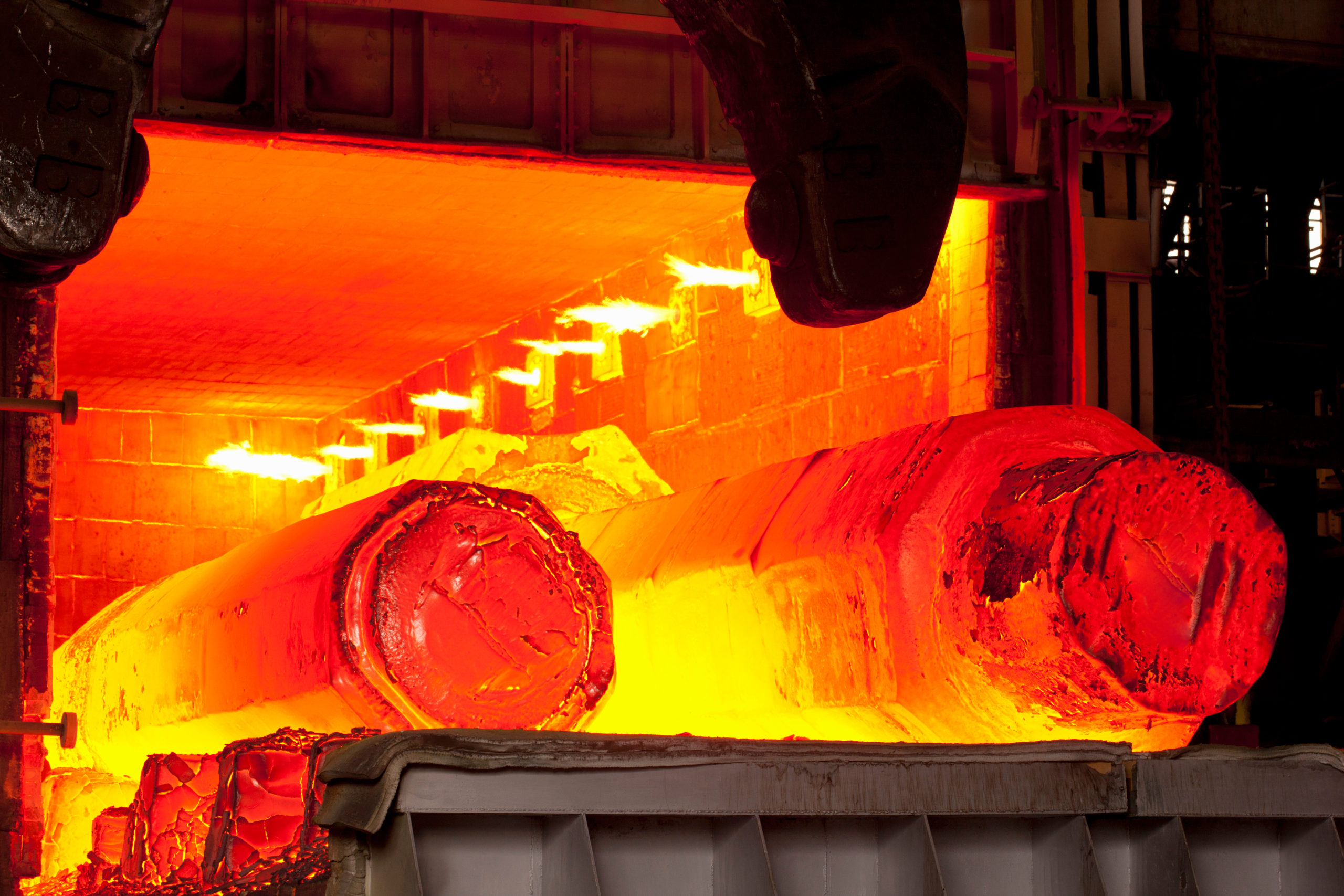May 12 ,2022
Modern steel – the sustainable material solution
The development towards a sustainable future put high demands on material development and need for energy-efficient solutions will increase.
Steel, in its many variations, is no exception. The big advantage with steel compared to other materials is that steel is 100% recyclable and that the infrastructure of steel recycling has been in place for decades and continues to develop.
“Steel is an extremely important ingredient in modern society, and it comes in so many different forms. We simply cannot do without steel and to complete our sustainability journey it is very important that we continue developing steel technologies, says Peter Jansson, Managing Director and Head of material and method development at Subseatec.
Subseatec, with its origin in the steel industry in eastern Värmland (Swedish province), has been an important part of Swedish industry and created both local and international jobs and global export. The company started as a local hammer forge and without losing its Värmland roots the company has evolved to today’s leading player in the manufacturing of large riser joints for the global oil and gas industry.
So far, our product and technology development has largely been driven by the world’s demand for oil and gas, but the same knowledge and technology can also be used for more sustainable purposes like fossil free energy production at sea. Just 20 years ago, this ability did not exist! Offshore mining is another possibility, accessing metals and minerals required for the green transition to fossil free energy production.
“I am optimistic and believe that people’s curiosity is a great driving force for development. This will lead to many great solutions to today’s challenges and Subseatec is ready to take a leading role as a supplier of high-quality steel products for sustainable projects both at sea and on land,” Jansson continues.
In Subseatec, our sustainability initiatives are based on the triple bottom line perspective – a framework that examines the company’s social, environmental, and economic impact. This means taking responsibility for both the planet and its people through sustainable and long-term business models.
“Striving for a more sustainable future, economic sustainability and social responsibility must go hand in hand with our work for the environment and the climate. To roll over and die is not a solution to the problem”, Jansson states.
More News

